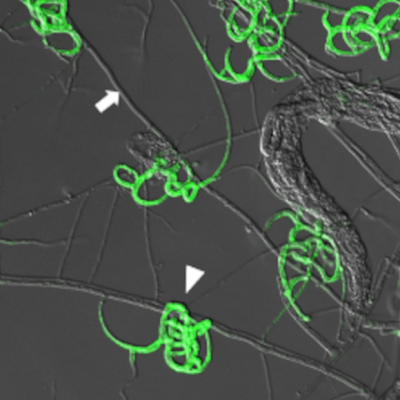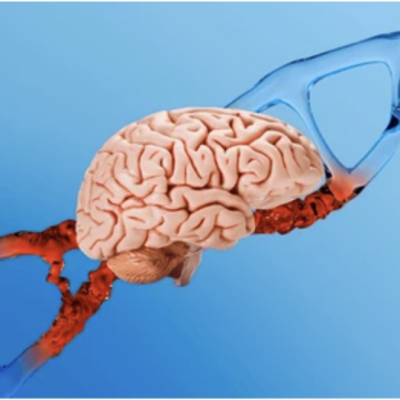In the scorching hot Dasht-e Lut desert in Iran, where temperatures can reach over 80°C, scientists have discovered a new species of freshwater-dwelling crustaceans. Despite the harsh conditions, researchers from the University of Tehran and the Natural History Museum in Stuttgart were able to observe these fairy shrimp, also known as Triops, in a temporary freshwater pool that formed after heavy rainfall. The discovery of these creatures in such a hostile environment was a “sensation” for the scientists, according to Hossein Rajaei from the Natural History Museum in Stuttgart. The researchers have now identified the crustaceans as a new species, naming them Phallocryptus fahimii after the Iranian biologist and environmentalist Hadi Fahimi, who was part of the expedition in 2017 and has since passed away.
The Dasht-e Lut desert is the second-largest desert in Iran, covering an area of 51,800 km². It is also home to the highest surface temperature ever recorded on Earth, at 80.8°C. Despite the extreme heat and only 30 mm of rainfall per year, the Rud-e Shur river, which is highly saline, flows all year round. However, there are no permanent sources of freshwater in the desert. The discovery of these fairy shrimp in a temporary freshwater pool is therefore remarkable, and the researchers believe that the crustaceans are able to survive in the desert through a special survival strategy involving resistant and drought-resistant eggs.
Fairy shrimp, or Triops, are known for their ability to survive in harsh conditions, including constantly drying bodies of water. The researchers believe that Phallocryptus fahimii is adapted to the desert environment and can survive through the use of these resistant eggs. The larvae of the crustaceans hatch when the pools fill with water after heavy rainfall, and the fairy shrimp reach sexual maturity in just two weeks. They can then lay new resistant eggs before their habitat dries up again. The discovery of this new species of crustaceans in the Lut desert highlights the resilience of these creatures and their ability to adapt to extreme environments.










